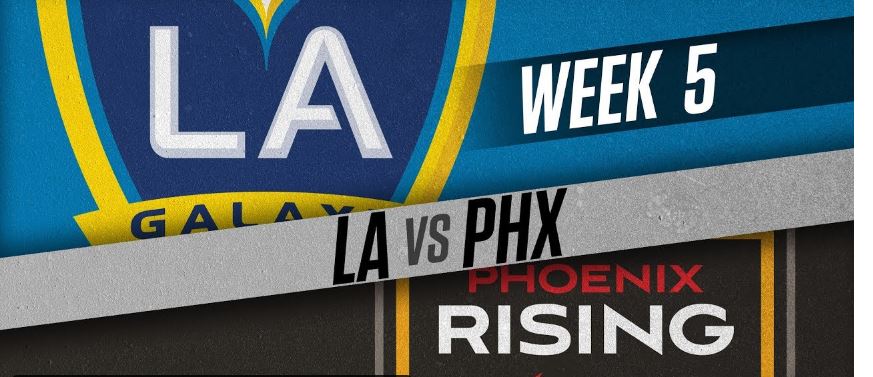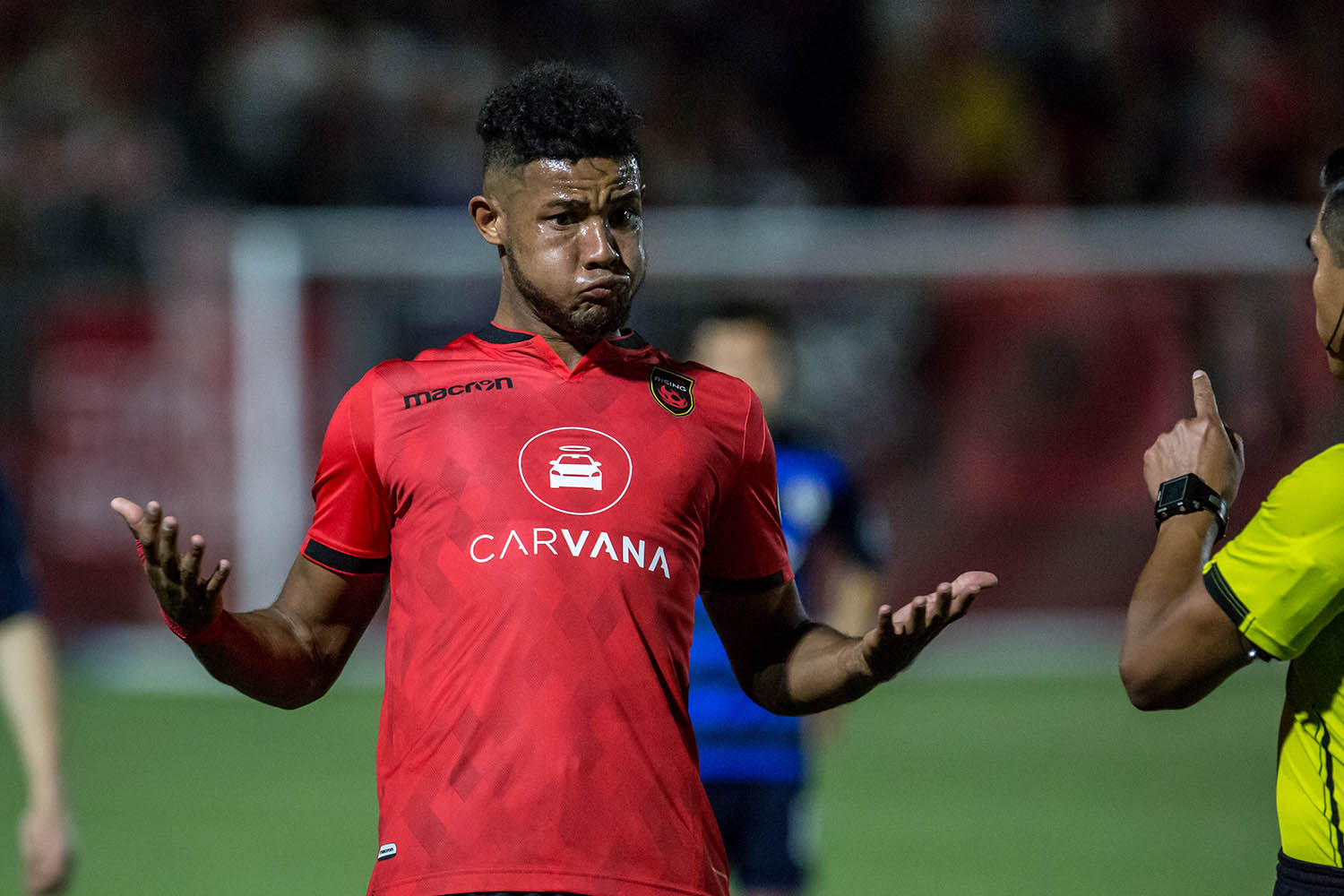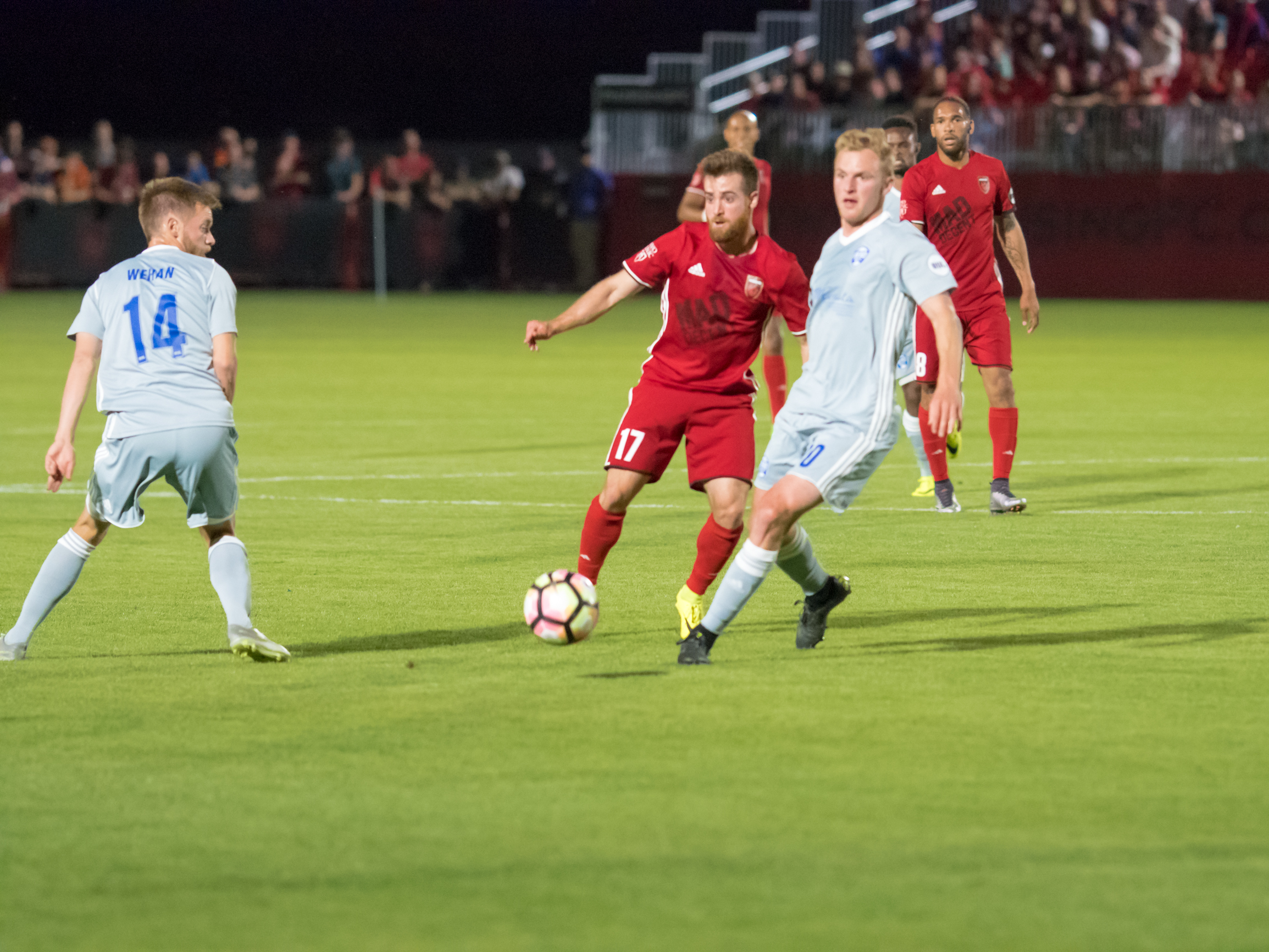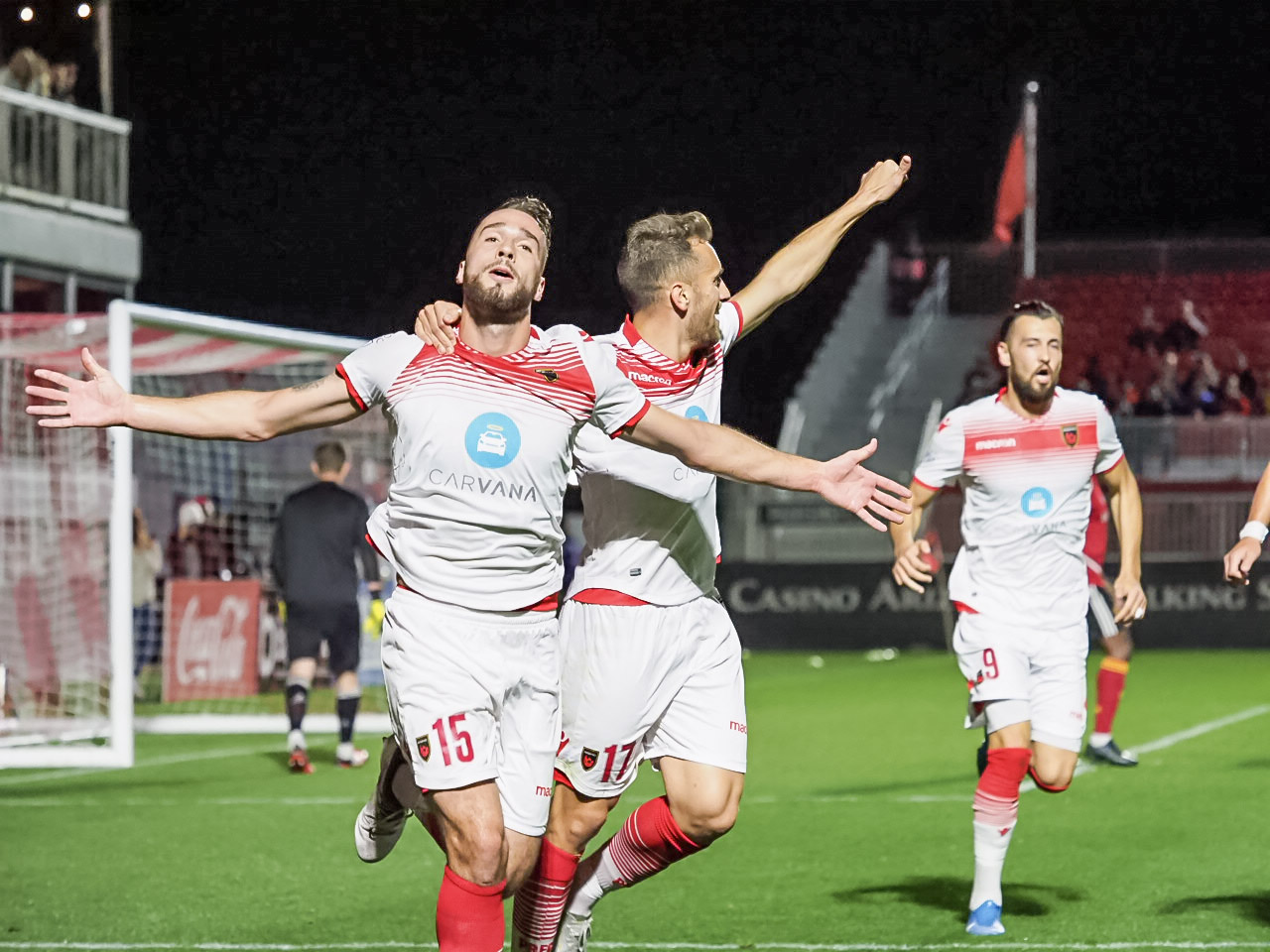
Welcome back to Rising Tactics Recap, a weekly column where I attempt to provide insight to Phoenix Rising fans by breaking down some strategic and tactical observations from Phoenix’s latest match.
Phoenix Rising’s 4-1 win over the Oklahoma City Energy on Saturday was the latest impressive victory in a long string of quality results. The numbers behind Phoenix’s recent run of form are absurd. They have won seven straight league games, scored at least three goals in every single one of those games, and they have not given up an open play goal in 45 days.
A team with a well-constructed tactical system is difficult to beat. A team with a talented roster is also difficult to beat. Phoenix have both of those things: a skilled group of players executing Rick Schantz’s tactics makes them almost impossible to stop. Right now, Phoenix are overcoming every challenge and passing every test with flying colors.
Losing Junior Flemmings and Kevon Lambert for a month while they are at the Gold Cup? No sweat. A multi-game week? No worries. Playing down a man for more than two-thirds of the game the OKC Energy? No problem.
Unlike their start this past Tuesday against Reno, Phoenix Rising were firing on all cylinders to start Saturday’s game. Phoenix moved the ball well in possession, broke lines with well-weighted passes, and re-pressed high up the field after they lost the ball.
The first goal came off a patient, yet aggressive, 22-pass sequence that lulled OKC to sleep and systematically progressed the ball from Phoenix’s own defensive area into the back of their opponent’s net.
One of the key battles throughout the game was between Phoenix’s midfield trio and Oklahoma City’s midfield double pivot. They didn’t win the battle every time, but James Musa, José Aguinaga, and Jon Bakero did a very good job of dragging the opposing two midfielders out of position and playing passes into the space behind them for Adam Jahn.
That’s exactly what happens before the own goal: Bakero plays a pass right between OKC’s two central midfielders, Jahn holds up play, and finds Solomon Asante, who seems to be able to will the ball into the goal at the point.
It wasn’t just the midfielders who played a big role in moving the ball forward into the attack: in his first game back in the starting lineup, center back AJ Cochran provided his usual quality service into the attacking half.
I actually wrote in my notes, “Oh how I’ve missed watching AJ Cochran”. Why? Because he creates attacks from deep. Cochran was the catalyst that started the second goal sequence. He played a line-splitting ball behind the opposing midfield and into Joey Calistri. After Calistri received the ball, he turned and played a lovely through ball for Amadou Dia to run onto.
A low cross and an Asante finish later and Phoenix Rising were up 2-0.
Even more crucial than Cochran’s pass was how quickly Phoenix moved play from the right side of the field to the left and forced Oklahoma City’s defensive shape to shift. That shift created a sliver of space for Cochran to play the ball forward.
The quick switch in the above sequence is such a contrast from what we saw from Phoenix in their most recent USL Championship loss against Orange County on May 4th. In that game, Phoenix struggled to move the ball from side-to-side in any sort of expedient fashion, which allowed OC to set up their defensive scheme and not worry about shifting.
Increased speed of play in possession is one of the most noticeable things that has led to Phoenix’s current win-streak.
Now, because Phoenix Rising got off to such a strong start against Oklahoma City, losing Joey Farrell to a second yellow card wasn’t an insurmountable blow. Playing with ten men is extremely difficult, but between their established lead, disciplined positioning, and some hard running, Phoenix managed to extend their lead.
Often when a team loses a player, they adjust their shape to be slightly more conservative. At this point, it shouldn’t surprise any of us, but Schantz didn’t opt to go the conservative route. Instead of dropping one of his front three and changing to a 4-3-2 shape, Schantz’s moved Musa to center back and played an aggressive 4-2-3 shape.
Even when Joey Calistri came off and Doueugui Mala came on to play center back at the start of the second half, Schantz didn’t change his shape. Jon Bakero simply slid out to the left wing while Musa and Aguinaga anchored the midfield.
Defensively, Phoenix missed having a full 11 players on the field, but they still had a number of successful defensive plays while being down a man. In this sequence, Phoenix Rising take advantage of Mike da Fonte’s lack of comfort out wide, press, and win the ball with their front five.
Jahn pressures the opposing defensive midfielder, Calistri closes down da Fonte, and Bakero and Aguinaga man-mark OKC’s other two central midfielders.
The fact that Phoenix didn’t give up an open play goal after losing Farrell (OKC’s only goal was the penalty caused by Farrell’s second yellow card) is a testament to the players’ work ethic. Aguinaga covered an extraordinary amount of ground in midfield, Musa and Bakero did an admirable job of moving next to him, and the wide players constantly moved up and down the wings.
Offensively, it almost felt…irrelevant that Phoenix Rising were down a man. They still created overloads on the wings, broke lines with passes, and moved the ball comfortably in possession. Phoenix didn’t create quite as many chances with ten men as they did with 11, but that was at least partly because they were up by at least two goals for most of the second half.
Another week, another test, another victory. Let’s move on to The Final Third.
- Joey Calistri has been excellent in Junior Flemmings’ absence. He’s scored two goals in three starts and has made a big contribution to Phoenix’s overall defensive play. He’s a willing and capable presser, tracks back to provide cover for his fullback, and can win duels in midfield. The way Calistri is playing, Flemmings is going to have to work hard to get his starting spot back.
- With each passing game, it’s becoming clearer that Jon Bakero’s loan to Phoenix Rising was a great move for both parties. Bakero is getting the chance to play in his best position (central midfield) and Phoenix is getting a skilled playmaker. It’s a perfect match.
- I’m going to end this week’s RTR with a question that I’ve been pondering since Saturday. How many USL teams could Phoenix Rising beat with 10 men? It’s got to be double digits, doesn’t it?
Thanks for reading this week’s edition of Rising Tactics Recap! Check back next week for more insight and analysis.




